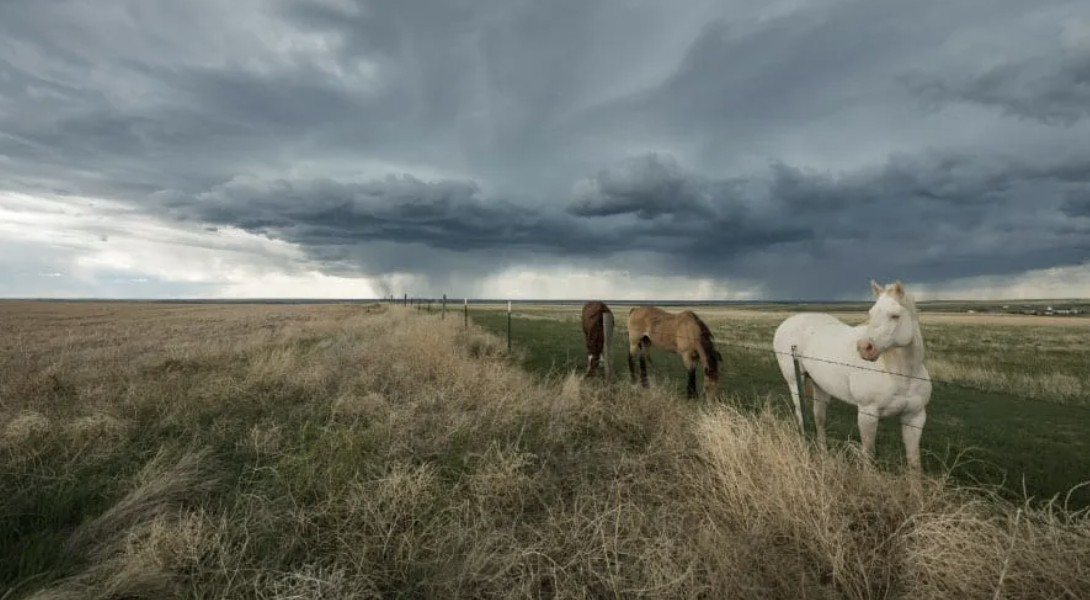Protecting horses in natural disasters is crucial to their safety and well-being. Horses can be particularly vulnerable during events like tornados, hurricanes, wildfires, floods, or earthquakes. Here are some essential steps to help ensure the safety of horses during natural disasters:
Emergency Plan:
- Create a detailed emergency plan for your horses well in advance of any potential disaster. Include evacuation routes, designated meeting points, and contact information for local authorities and equine organizations.
Identification:
- Properly identify your horses with permanent markers such as microchips, tattoos, or branding. Ensure they have visible and up-to-date identification on halters or neck straps.
Transportation:
- Have access to suitable trailers or transport vehicles in case evacuation is necessary. Ensure the vehicles are in good working condition and can accommodate your horses safely.
Safe Shelter:
- Identify safe and secure shelter options for your horses. Sturdy barns or shelters with reinforced structures can provide protection from high winds and flying debris.
Stock Up on Supplies:
- Maintain a stockpile of essential supplies, including enough feed, water, and medications to last for at least a week. Store these supplies in a waterproof and easily accessible location.
Evacuation Plan:
- Have a clear evacuation plan that outlines where you will take your horses if you need to leave your property. Ensure the evacuation site is well-prepared and equipped for horse care.
Emergency Kit:
- Prepare an emergency kit for each horse. Include items like first aid supplies, leg wraps, halters with lead ropes, blankets, and copies of important documents (ownership papers, health records).
Regular Training:
- Familiarize your horses with loading onto trailers and being transported. Regular practice will reduce stress during an actual evacuation.
Communication:
- Stay informed about weather forecasts and potential disasters in your area. Sign up for alerts and notifications from local emergency management agencies.
Contact Information:
- Ensure that neighbors, friends, and family have your contact information and know the location of your horses in case you are not present during a disaster.
Evacuate Early:
- If an evacuation is recommended or ordered, do not wait until the last minute. Evacuate early to avoid getting caught in dangerous conditions.
Secure the Environment:
- Remove potential hazards from the horse’s environment, such as loose objects, barbed wire, or hazardous materials.
Emergency Contacts:
- Keep a list of emergency contacts, including veterinarians, farriers, and local horse rescue organizations, readily available.
Monitor Weather Updates:
- Keep an eye on weather updates and follow the guidance of local authorities. Evacuate if it’s deemed necessary for your area.
Stay Calm:
- During a disaster, remain as calm as possible. Horses can sense fear and panic, which may increase their stress.
Protecting horses in natural disasters ensures the safety and well-being of your horses. Planning, preparation, and early action are key to ensuring their protection during natural disasters. Additionally, collaborate with neighbors and the equine community to provide mutual support and assistance in times of crisis.

Leave a Reply